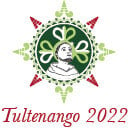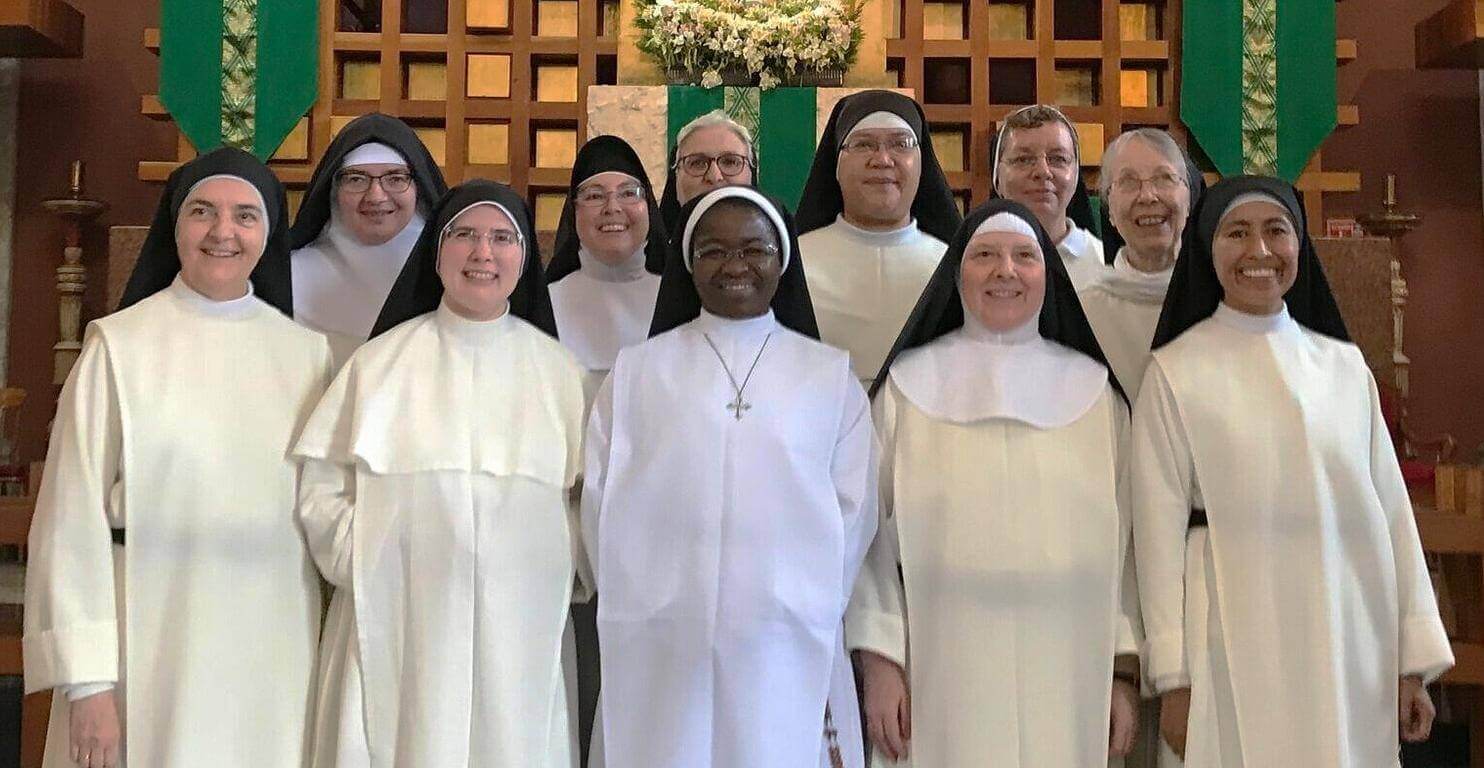The identity of Dominican nuns
It is this association with the holy preaching that is the key to the identity of Dominican nuns. Freedom for God, necessary for the flourishing of contemplative life, finds protection in enclosure and the absence of any regular commitment to activities such as teaching or nursing. Association with the preaching has sometimes been misunderstood simply as “the friars preach and the nuns pray,” but the reality goes much deeper. The life of prayer of the nuns is assumed efficaciously into the preaching apostolate and thus becomes inseparable from the mission of the Order as a whole.
These are the same women whom Henri Dominique Lacordaire referred to as “our elder sisters”, for the first nuns were themselves the fruits of Dominic’s own preaching . As members of a heretical sect we now call Cathars, they heard him preach in the village of Fanjeaux in the summer of 1206. They forsook their old ways, wishing to draw closer to God in the sanctuary of monastic life. By Christmas of the same year, some 10 years before recognition by the pope Honorius III of an Order of Preachers, an embryonic community was established. This was at Prouilhe, a non-descript place at a crossroads between Toulouse and Carcassonne, but nonetheless, the site of an ancient shrine of the Blessed Virgin. She too has her place in the mystery of the nuns’ life, as praying the rosary contributes to the rhythm of their day.
Just as the Dominican friars spread rapidly throughout Europe, so too did communities of women seeking association with the holy preaching through prayer, common life and study. By the end of the 13th century, there were some 60 monasteries in the German speaking lands alone, the nuns noting down the sermons of the Rhineland preachers, Eckhart and Tauler, and communicating something of their own mystical experience by means of illuminated manuscripts and spiritual writings.
Just as Dominican preaching was enriched by the painting of Fra Angelico in the artistic flourishing of the Italian renaissance, in parallel fashion Dominican nuns also became accomplished artists notably, Sr Plautilla Nelli, a Florentine prioress whose works still hang in the Uffizi gallery.
As early as the 16th century, groups of women gathered together in beaterios in the proximity of Dominican convents in the new Spanish colonies, and in the fullness of time these evolved as regular monasteries associated with the holy preaching in the New World.
For reasons of colonial history and local culture, it would take several centuries more for the way of life of Dominican nuns to become firmly rooted in North America, Asia and Africa. But as the Order moves on from its 800th anniversary, Dominican monastic life with its unique contribution to the preaching mission is accessible to women on every continent from Korea to the Caribbean.
Sr Barbara Estelle OP | Monastery Pius XII, Fatima



